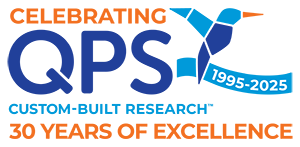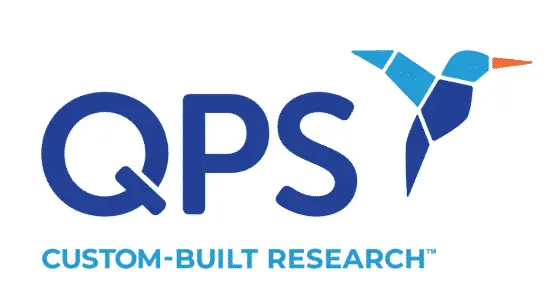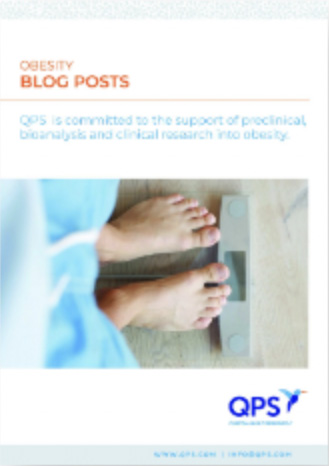Medical wearables — devices worn by individuals outside of a traditional healthcare setting — can be empowering for patients who may lack immediate access to a healthcare facility. Whether the patient lives in a remote area, has limited mobility, or is simply too busy for numerous trips to the doctor’s office, sophisticated wearable technology can have a major impact on individual health outcomes. One of the latest and most promising examples is an AI-driven device called “a-Heal.” Designed by engineers at two branches of the University of California (UC), UC Santa Cruz and UC Davis, the portable, wireless device aims to optimize wound healing with highly personalized technology. Read on for a summary of the initial preclinical results, published in the journal npj Biomedical Innovations, which show that the device uses AI to heal wounds up to 25 percent faster.
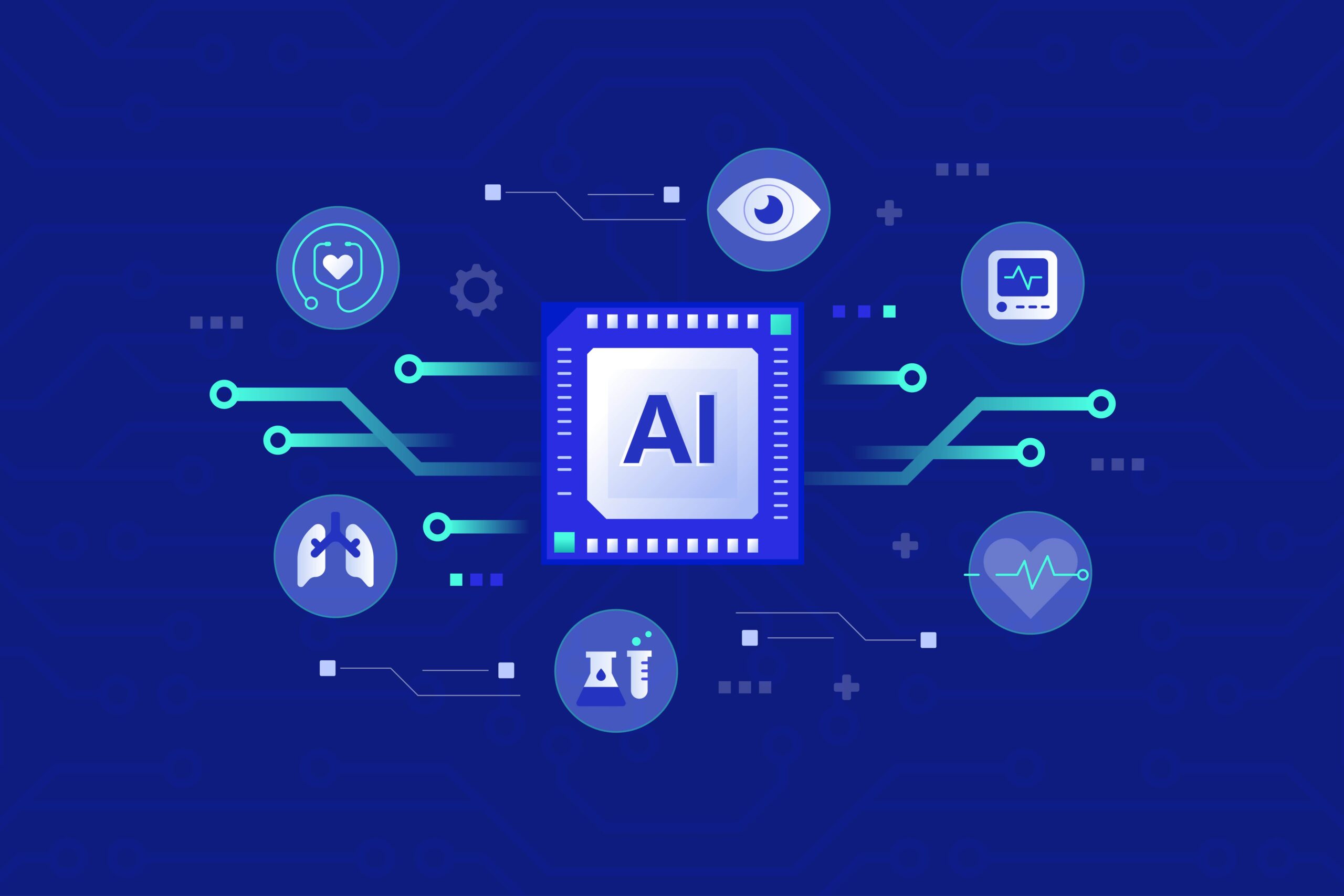
Smart Bandages Harness the Power of AI to Heal Wounds
The UC Santa Cruz and UC Davis researchers collaborated to design the a-Heal device, a “smart bandage” of sorts, which combines a tiny built-in camera with AI technology specifically designed for wound healing. This technology is capable of both detecting the stage of healing and delivering a personalized treatment.
Personalized treatment matters. As the researchers wrote in the study, “Traditional methods often rely on static, standardized protocols and assessments that cannot adapt to the individual patient, the type, and importantly, the changing state of a wound. These deficits can result in prolonged recovery, increased risks of complications, and less-than-ideal healing outcomes.” Enter: personalized treatment via a-Heal.
How an “AI Physician” Monitors and Diagnoses
The device’s tiny onboard camera takes photos of the wound every two hours. One researcher, Mircea Teodorescu, calls it “essentially a microscope in a bandage,” noting that “continuous imaging lets AI spot trends [and] wound healing stages” in a UC Santa Cruz press release. The photos are then fed into a machine learning model, which the researchers refer to as an “AI physician.” The AI model relies on a reinforcement learning approach, a technique in which an AI model learns in real-time how to achieve its goal. In this case, the goal was minimizing what the researchers refer to as “wound closure time.”
AI Delivers Hyper-Personalized Treatments to Heal Wounds
How does the AI physician work toward wound closure? First, it uses the image from the device’s camera to classify the wound stage. Wounds are generally classified during the healing process using one of four stages: hemostasis, inflammation, proliferation, and maturation. The AI model then compares the wound’s stage to where it should be using a pre-programmed timeline of “optimal healing.” If the image reveals a lag — a sign that the wound is not healing as it should — the model then applies a treatment.
The model may apply one of two treatments depending on the wound’s progress. It may deliver topical fluoxetine, a selective serotonin reuptake inhibitor (SSRI), which has been shown in preclinical models to help improve inflammation. The device may also deliver an electric field, optimized to improve healing.
_____
In tests using preclinical wound models, wounds treated with a-Heal followed a healing trajectory approximately 25% faster than those treated with standard care. Moving forward, the research team is exploring the potential use of aHeal for chronic and infected wounds; for example, foot ulcers, which are a major complication of diabetes. These wounds affect as many as 15 percent of individuals with diabetes at some point in their lives, and while the majority of foot ulcers will heal, around 24 percent of them eventually lead to limb amputation. This device could offer a beacon of hope for these patients.
Did you enjoy this blog post? Check out our other blog posts as well as related topics on our Webinar page.
QPS is a GLP- and GCP-compliant contract research organization (CRO) delivering the highest grade of discovery, preclinical, and clinical drug research development services. Since 1995, it has grown from a tiny bioanalysis shop to a full-service CRO with 1,200+ employees in the US, Europe, Asia, India and Australia. Today, QPS offers expanded pharmaceutical contract R&D services with special expertise in pharmacology, DMPK, toxicology, bioanalysis, translational medicine, cell therapy (including PBMCs, leukopaks and cell therapy products), clinical trial units and clinical research services. An award-winning leader focused on bioanalytics and clinical trials, QPS is known for proven quality standards, technical expertise, a flexible approach to research, client satisfaction and turnkey laboratories and facilities. Through continual enhancements in capacities and resources, QPS stands tall in its commitment to delivering superior quality, skilled performance and trusted service to its valued customers. For more information, visit www.qps.com or email info@qps.com.
